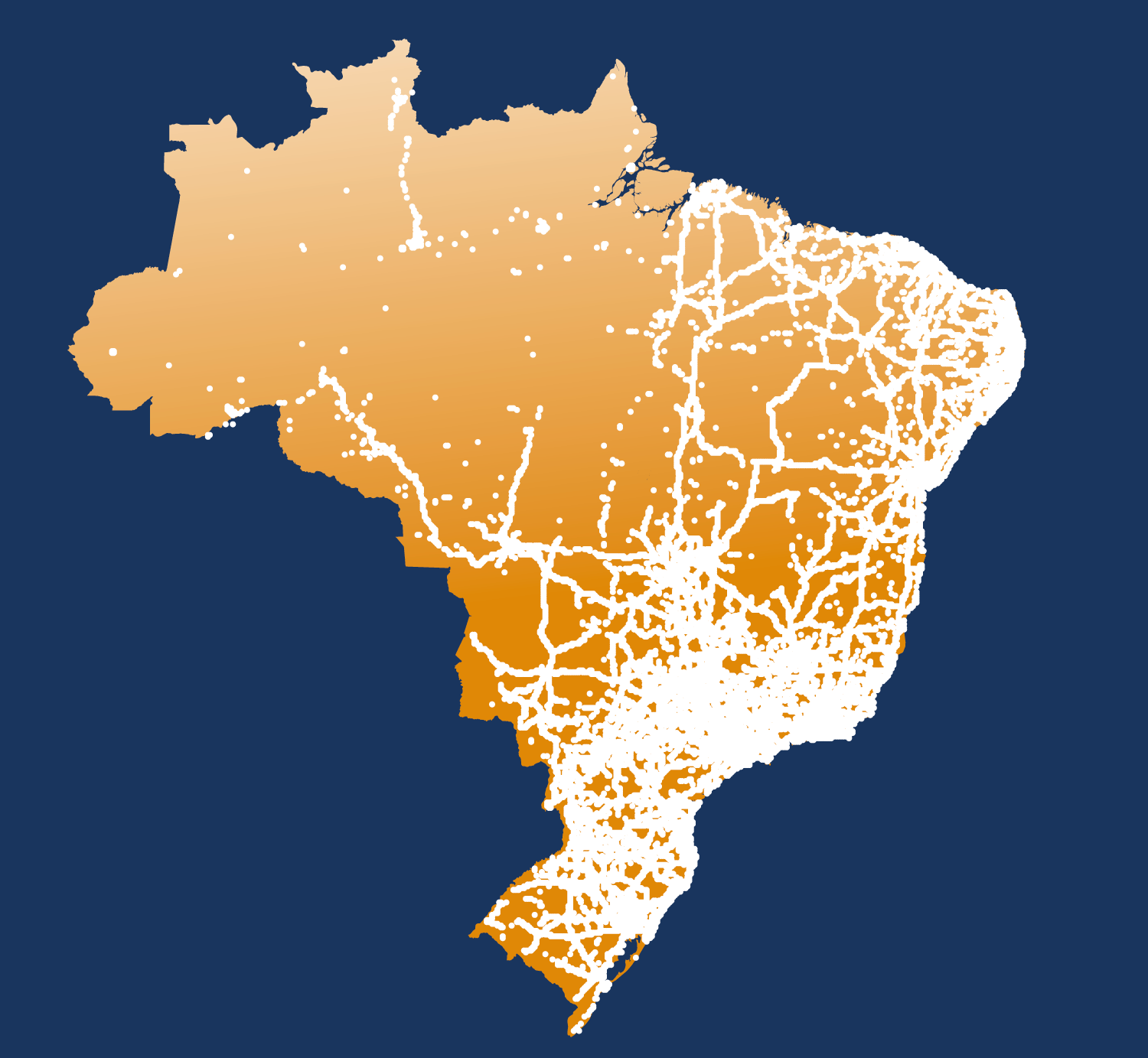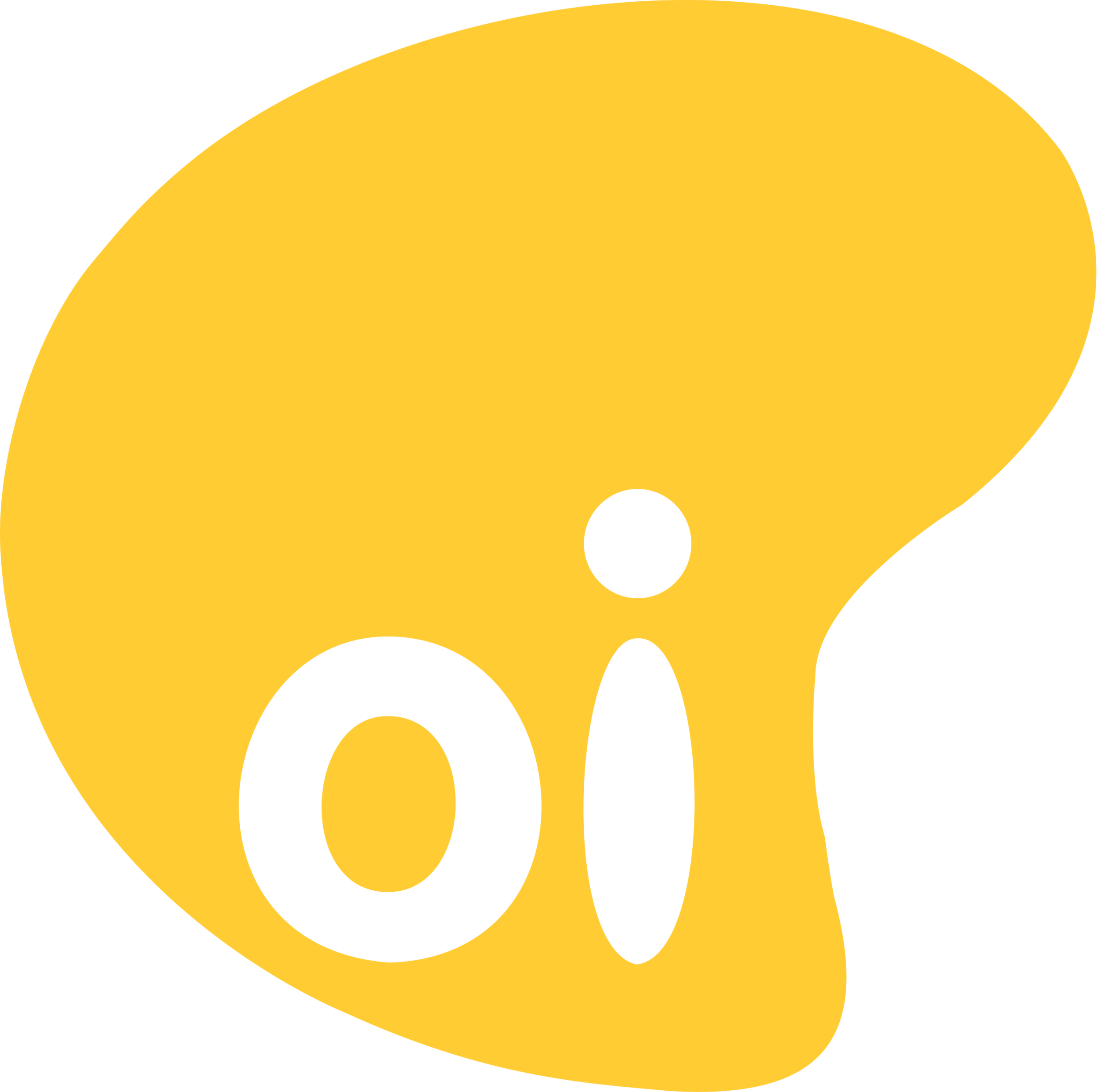For the first time, the network benchmarking expert P3 and the magazine connect have analyzed the mobile networks in Brazil. We have conducted a thorough crowd based analysis over
a period of three months both for the whole country and for the large Brazilian cities Brasilia and Rio de Janeiro.
This comprehensive Mobile Review Brazil takes into account the challenges mobile operators face with an extremely large country and a disparate distribution of its population. Furthermore, we have compared the city results with those of leading world capitals.
RESULTS IN A NUTSHELL
Overall, the Brazilian mobile networks show acceptable results in the metropolitan areas while in the more rural parts of the country, they lack in coverage and performance. Still, P3‘s sophisticated crowdsourcing analysis reveals specific strengths of each operator.
As this Mobile Review of the networks in Brazil is not based on the full methodology of our regular network benchmarks, we abstained from grading the operators. However, analyzing the P3 crowd data provides a good indication of their achievements.
The extensive crowdsourcing analysis, based on 6.3 billion samples collected in a 3-month period from December 2018 to February 2019 and additional analyses for large Brazilian cities (here for the nation‘s capital, Brasilia, as well as for Rio de Janeiro) provide clear results: Mobile coverage and good network performance clearly concentrate on Brazil‘s larger cities and metropolitan areas.
These findings can be explained to some degree by the huge size of the country and its distinct geographical distribution of the population – about 90 per cent of the Brazilian population are located in the federal states near the southern and eastern coast of the country.
Particularly in the metropolitan areas, the performance and quality of mobile networks is overall acceptable and keeps up with the average of international operators. However, in the more rural areas of Brazil, there is room for improvement for all Brazilian operators.
In our nationwide assessment, Telefónica (Vivo) leads the field overall and also shows the best voice and data coverage.
TIM ranks best in 4G coverage, while Claro achieves the best score for the average user download speed. In the considered evaluation period, Telefónica and Oi suffered the least service degradations, thus achieving the best score for data service availability.
Deeper insights as well as results for different evaluation areas and periods can be made available to interested parties on request.
“In the densely populated metropolitan areas, the results of the Brazilian operators can keep up with the average of other international mobile networks.
Overall and nationwide, Vivo leads the field. However, in the more rural areas of Brazil, there is clearly room for improvement for all Brazilian operators.”
operators in BRAZIL
With 231,8 million subscribers, Brazil has a mobile telecommunications penetration rate of approximately 110 per cent. The four large operators, which have resulted from numerous mergers and acquisitions, are still accompanied by a number of smaller, mostly regional contenders.
The originally state-owned Telebás was demerged and privatized in 1998. International telecommuni-cations provider Telefónica bought the São Paulo division and expanded it by subsequent mergers and joint ventures. In 2006, the several holding companies merged into the single company Vivo. In 2012, all Brazilian Telefónica services were rebranded to Vivo.
Today, Telefónica holds about 74% of Vivo‘s shares. With approximately 74 million subscribers, Vivo is Brazil‘s largest operator. It operates GSM at 850, 900 and 1800 MHz, UMTS at 850 and 2100 MHz as well as LTE and LTE-Advanced at 700, 1800 and 2600 MHz.
Claro Brasil was created in 2003, uniting the regional operators Americel, ATL, BCP, Claro Digital and TESS. Today, the resulting company Claro is controlled by the Mexican company América Móvil, which is also present in 16 other Latin American countries. Claro‘s offerings include mobile, satellite television, fixed and broadband telecommuni-cations.
With approximately 59 million subscribers, Claro is Brazil‘s second largest mobile operator. It offers GSM at 850 and 1800 MHz, UMTS at 850 and 2100 MHz, as well as LTE/LTE-A at 700, 1800 and 2600 MHz.
Founded in 1998, TIM Brasil SA was originally a subsidiary of Telecom Italia Mobile (TIM). In 2016 the mother company itself became part of Telecom Italia. In addition to its mobile networks, TIM also offers fixed-line internet connections in São Paulo and Rio de Janeiro.
Today, TIM has about 56 million mobile customers and thus ranks as the third largest mobile operator in Brazil. The company operates GSM at 850 and 1800 MHz, UMTS at 850, 900 and 2100 MHz plus LTE/LTE-Advanced networks at 700, 850, 1800, 2100 and 2600 MHz.
Formerly known as Telemar, Oi is the largest fixed telecommunications operator in Brazil, also offering
Pay TV. With approximately 37 million mobile customers, the company is the country‘s fourth largest mobile operator. In contrast to its three larger competitors, Oi does not belong to any multi-national telecommunications company – about 76 per cent of its shares are free floating. The company filed for bankruptcy protection in 2016, but managed to keep operating since.
It offers GSM at 1800 MHz, UMTS at 850, 900 and 2100 MHz as well as LTE/LTE-A at 1800, 2100 and 2600 MHz.
ADDITIONAL SMALLER AND REGIONAL OPERATORS
Especially the LTE and LTE-Advanced offerings of Brazil‘s larger mobile operators concentrate in the bigger cities of the country. There are also still many smaller, regional contenders.
Owned by an US-American holding company, Nextel accounts for about 3.2 million customers and operates UMTS at 2100 MHz and LTE at 1800 and 2100 MHz in São Paulo, Rio de Janeiro and Brazil‘s Federal District. In areas where Nextel does not offer its own coverage, customers can roam on Vivo. In the foreseeable future, Nextel is announced to be merged into Claro.
The privately owned Algar Telecom is present in the states of Goiás, Mato Grosso do Sul, Minas Gerais, Paraná, Rio de Janeiro, Rio Grande do Sul, Santa Catarina, São Paulo, and in the Federal District, servicing 1.3 million mobile customers with GSM at 900 and 1800 MHz, UMTS at 2100 MHz and LTE at 700 and 1800 MHz. Sercomtel is a local mobile and fixed-line provider in the state of Paraná, servicing about 60,000 customers with GSM services at 900 and 1800 MHz, as well as UMTS at 850 MHz. SurfTelecom is mostly known as a MVNO using the TIM network, but also operates its own TDD-LTE network at 2600 MHz in São Paulo city. The subscription TV provider Sky Brazil operates TDD-LTE cells at 2600 MHz in some cities. For the last two, no mobile customer numbers are publicly available.
A STUDY INTO THE BRAZILIAN MOBILE MARKET
With their first Mobile Review Brazil, P3 and connect take a closer look into
this large and dynamic mobile telecommunications market.
With a gross domestic product of 1.9 billion dollars in 2018, Brazil is the ninth largest economy worldwide. Regarding land area and population, Brazil is the fifth largest country in the world. And with approximately 208 million people, Brazil is the most populated country in South America. After a recession in 2015 and 2016, Brazil‘s economy is growing again.
All these factors are very good reasons for P3 and connect to take a closer look into the Brazilian mobile communications market. P3, headquartered in Aachen, Germany, is a world leader in mobile network testing. The company has over 3,500 employees worldwide and a turnover of more than 350 million Euros. P3 is partnering with the international telecommunications magazine connect, which has more than 20 years of editorial expertise and is one of the leading test authorities in Europe for telecommunications products and services.
Together, P3 and connect have been conducting the most important network benchmark test in Germany for more than 15 years, extending it to other European countries since 2009. P3 and connect also examined many other mobile networks all over the world including those in the US.
As the de-facto industry standard, the P3 benchmarking methodology focuses on customer-perceived network quality. P3‘s network tests are widely accepted as a completely objective authority.
CROWDSOURCING PROVIDES INTERESTING RESULTS FOR NATIONWIDE NETWORK QUALITY AS WELL AS DETAILED INSIGHTS FOR METROPOLITAN AREAS
Recently, P3 and connect have extended the scope of their network assessments with a qualified look into the Brazilian mobile market. This market is particularly interesting due to its market penetration rate of approximately 110 per cent (see “Operators in Brazil” above ) and its four nationwide operators, who each serve tens of millions of mobile customers.
P3 and connect recognize the challenges of providing mobile communications services in this huge country with its unique geography and a very special geographic distribution of the population. Therefore, the following review is mainly based on the results of crowdsourced assessments. In order to take a closer look into some of the densely populated city areas, we have also included detailed analyses for the nation‘s capital Brasilia and the metropolitan area of Rio de Janeiro as well as a comparison of their results to those of other leading world capitals.
Hakan Ekmen, CEO of P3 communications
“Our 2019 Mobile Review Brazil shows insightful results. Telefónica achieves the strongest score overall and also provides the best voice and data coverage. TIM ranks best in 4G coverage, while Claro achieves the best score for user download speed. Telefónica and Oi score best for data service availability.
What is really striking is the difference in mobile network quality and performance between rural and metropolitan areas of Brazil. It is more pronounced than in most other countries in the world. Especially in rural areas, there is
a clear opportunity for improvements for all Brazilian operators.”









